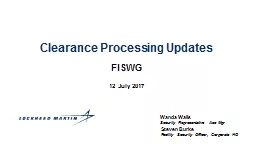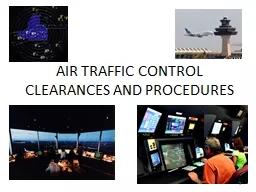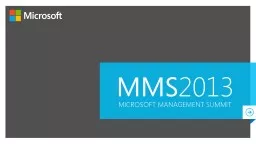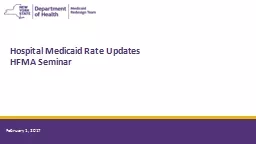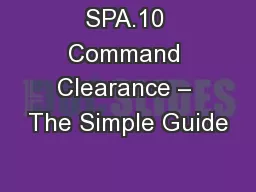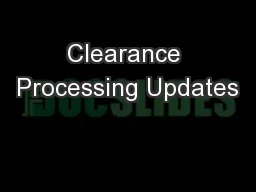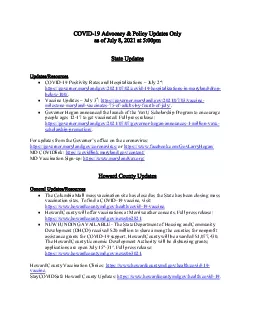PPT-Clearance Processing Updates
Author : lindy-dunigan | Published Date : 2019-11-07
Clearance Processing Updates FISWG Wanda Walls Security Representative Asc Mgr 12 July 2017 Steven Burke Facility Security Officer Corporate HQ Agenda PSMO Backlog
Presentation Embed Code
Download Presentation
Download Presentation The PPT/PDF document "Clearance Processing Updates" is the property of its rightful owner. Permission is granted to download and print the materials on this website for personal, non-commercial use only, and to display it on your personal computer provided you do not modify the materials and that you retain all copyright notices contained in the materials. By downloading content from our website, you accept the terms of this agreement.
Clearance Processing Updates: Transcript
Download Rules Of Document
"Clearance Processing Updates"The content belongs to its owner. You may download and print it for personal use, without modification, and keep all copyright notices. By downloading, you agree to these terms.
Related Documents

